This alley next to the front door has been artistic for hundreds of years
Author:Writer Wen Digao News Agency Time:2022.07.03
【Editor's Note】
Yangmeizhu Xie Street is located outside the southwest of the front gate, starting from the coal city street in the east, to Yanshou Street in the west, with a total length of 496 meters. It has a history of 600 years. During the period of the Republic of China, Yangmei Bamboo Xie Street was an important cultural landmark and prosperous area. The literati, business, bookstores, and celebrities' former residences gathered here. The literary worlds such as Lu Xun and Shen Congwen have mentioned this place many times. In July 2013, the People's Government of Xicheng District implemented a retreat of Yangmeizhu Xie Street, incorporated the trendy culture on the basis of retaining the traditional basis, and became a "net red", attracting many tourists to check in. After the transformation, Yangmeizhu Xie Street has been a branch venue for Beijing International Design Week for 7 consecutive years. It is also rated as one of the ten "most beautiful streets" in Beijing. From ancient times to the present, it has been the "golden business card" of Beijing culture. The prosperity of the previous life is full of charm
Historical alleys, after renovation, were retained. Fortunately, those old buildings still maintained charm and told people with taste.
World Book Office
Stepping through the shortest hutong "one foot street" in Beijing to the east, from the west mouth of Yangmeizhu Xie Street, I soon met with a restrained two -story building on the side of the road. The brick -and -wood structure of Western -style buildings is also accommodated to open the wooden door with a lot of Chinese aesthetic characteristics. Window is mottled and faded, and the door ring is also rusty. The traces of the years gathered here, becoming a folk song with a guitar. No. 75, Yangmeizhu Ling Street, World Book Company in the early years of the Republic of China.
The World Bookstore was founded by the former deputy manager of the Chinese Book Company and Shen Zhifang, a former Chinese Book Company. In 1921, he expanded the scale and reorganized it into a joint -stock company. Shen Zhifang was the general manager. The issuance office was originally located in the Shanghai Public Concession, and the printing office was built in Zhabei. Since 1924, he has published textbooks for primary and secondary schools, and has begun three -legged with business printing libraries and Zhonghua Book Company.
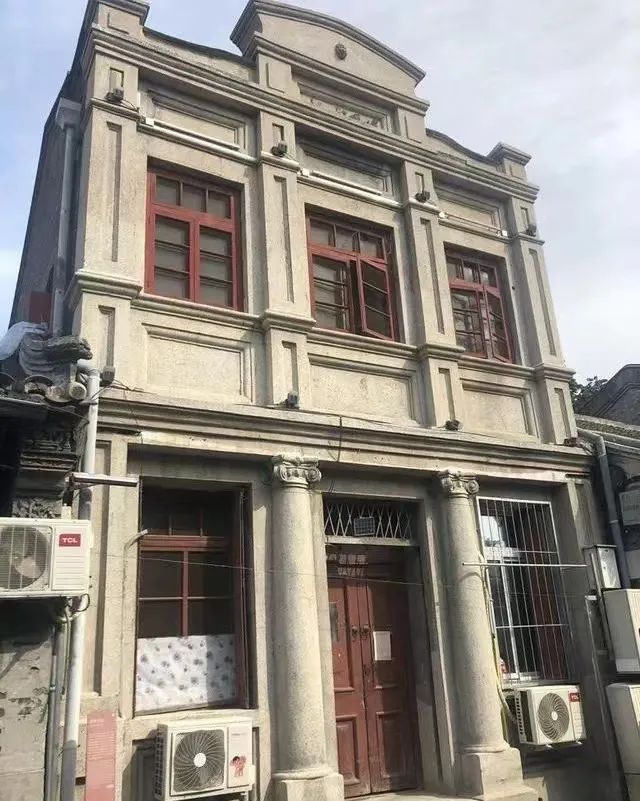
World Book Company Old site | Tuyuan Network
During the heyday, the World Book Board has more than 30 branches in major cities across China. The old site of the Beijing Branch is now the two -story small building on Yangmeizhu Xie Street. Later, Shen Zhifang resigned as the general manager due to the loss of real estate. Around 1950, the era of the World Book Bureau was over.
Today, Xiaolou has made a residential house, and the residents have formed the support between each other's life with the building here. The people inside do not know if they know the story of the architecture, and the building itself firmly keeps in mind the change of every winter and summer, and every alley is falling.
Qingyun Pavilion
In the middle of the hutong, there is a three -story building in the south of the road, traditionally with a bit of foreign style. The dark red arched, the stone plaque on the door, the black text on the white background, the name of the Qingyun Pavilion. It is said that Qingyun Pavilion was built during the Qianlong period of the Qing Dynasty and was rebuilt in 1905. What you see now should be built in 1918.
Looking at the name, I feel that there will be a lot of stories here. Who said no, many celebrities have too or less fate with here.
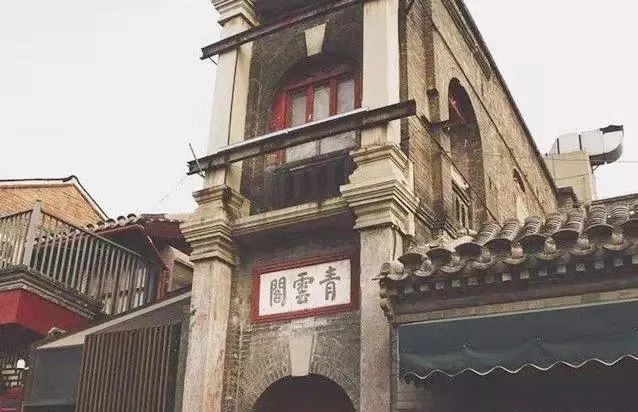
A hundred years ago, the little man who loved here was Lu Xun.
According to Mr. Zhou Zuoren in "The Story of Lu Xun", when living in the Shaoxing Hall, every month, there will be such a one or two Sundays every month. After getting up early and drinking tea, Lu Xun will go to Liulichang to play for a long time. Essence The shop he often goes is near the west gate of Liulichang, called "Dun Gu Yi". The owner of that shop is really simple and is a person that Lu Xun is very appreciated. The boss often goes to the outside world to extend the monument. He has been to many places. He has a wide range of people. Lu Xun loves to chat with him, and the top edition he bought there is the most. Of course, except for Dun Guyi, Mr. Zhou Zuoren, as his brother, failed to write down.
However, although Mr. Zhou Zuoren did not write down those shops, he had a deep memory of Qingyun Pavilion in Yangmeizhu Xie Street.
According to the book, walking from the west gate of Liulichang to the east, passing through a foot street, and after a while, I went to the back door of Qingyun Pavilion in Yangmeizhu Xie Street. Mr. Lu Xun will go to the tea club upstairs and sit down to eat tea dots instead of lunch. There are high -end seats in the wall in the tea society, all of which are lounge chairs, but Mr. Lu Xun never sat because they were not clean, and he felt that he was too ugly to lie down and drink tea. He usually finds a normal table to sit down, drink tea, eat buns, soup noodles, and put on two or three honey. It is said that the taste of the bun was better than the Wulfangzhai in the Dongan Market that year.
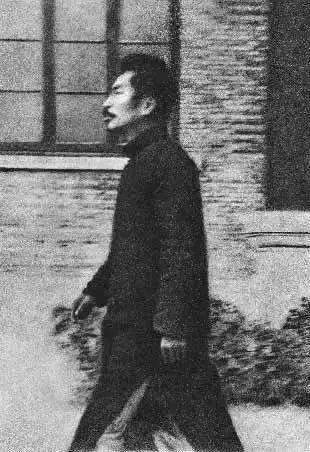
After eating and drinking enough to rest. From the front gate of Qingyun Pavilion, Mr. Lu Xun will buy some daily necessities to go home and wait for those friends who come to him to talk about the sky and the ancient and modern times.
In this way, Lu Xun became a frequent visitor to Qingyun Pavilion. At that time, the tea club of Qingyun Pavilion was the most famous of the Yuhuchun. I don't know if Mr. Lu Xun often went.
Of course, since Yangmeizhu Xiejie Street is not far from the "Eight Hutongs", there will inevitably be some women with dust. It was said that after Cai Yan and Xiao Fengxian met each other here, there was such a beautiful story that made people boo.
How many prosperous, after all, disappeared in the space, Qingyun Pavilion witnessed the romantic, elegant and warm love of several centuries, and it was the time to sing the end of the field. It's just those stories that hover over the alley, but they still appear in front of today's eyes.
Western Hall
The facade of No. 61 is a bright golden gate. Although it is repaired, it can still find the vicissitudes of traces with the decaying grass between the wind. Looking at the courtyard between the door panels of the cracks, the aroma of the meals that came occasionally, the aroma of the miscellaneous, revealed a breath of life. Here, 100 years ago, it was called the West Hall. In the summer of 1922, a young man who was slightly thinned from his background came to Beijing only with a great literary dream, and decided to work hard to get out of the world. Although it has been hard -working, fate will always favors people who work hard. Later, he was born in Gao Xiao culture and finally became a generation of literature. This person is Shen Congwen.
When he first arrived in Beijing, Shen Congwen had nowhere to go. He found a free residence in the club through a distant cousin who was in charge of the West Club Hall. He wanted to follow the path of literature, but because he failed to pass the college entrance examination, he had to be able to learn in the hall. Two steamed buns and pickles daily are his rare dishes. On the cold winter, there is no cotton clothes to cover the body, wrapped in a single clothes, and continued to make a culinary in the case.
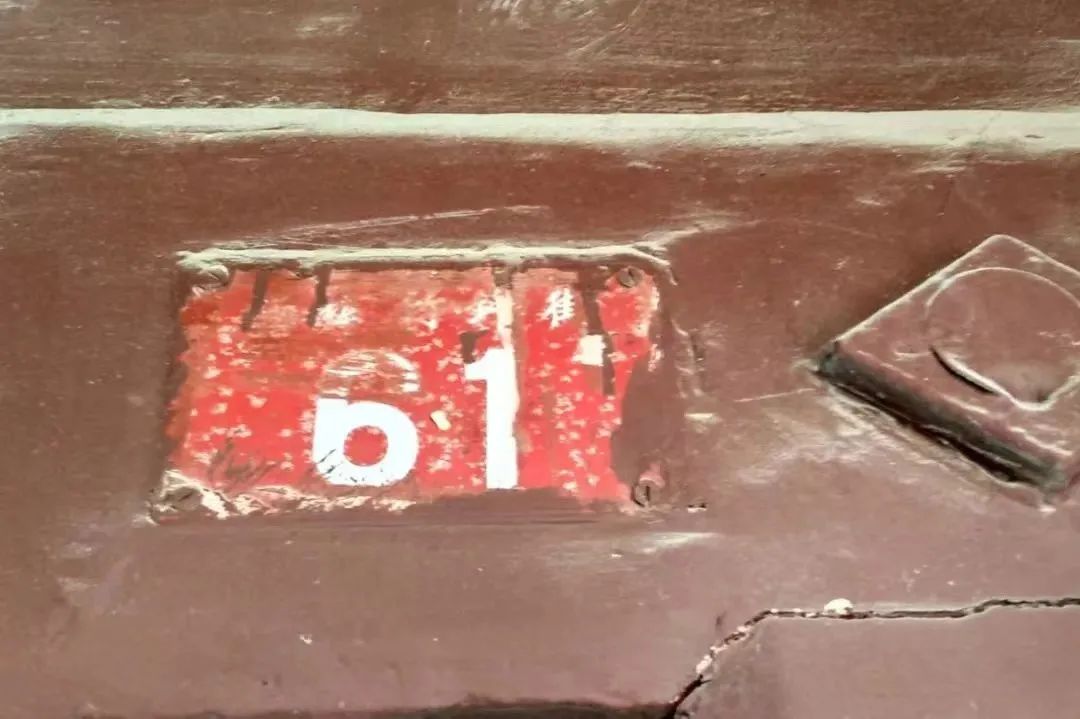
At that time, Yu Dafu, who taught at Peking University, discovered the seedlings, rushed to the house to visit Shen Congwen at home, saw his situation embarrassed, sent the scarf on his body to block the cold, and took out five dollars with Shen Congwen out of the door ate a hot meal. meal. For the rest of the money, Yu Dafa gave Shen Congwen, and moved the young man secretly crying. This matter, according to Shen Congwen himself, he remembered his life.
Seeing the sunrise. The bitter students finally ushered in their own spring. This is not only to thank the nobles for their insistence, but also for his persistence, but also for his brother -in -law's advice: not only for faith, don't lose your faith! Because you have nothing except it!
It is obsessed with this belief that the ordinary club of Yangmeizhuzhong Street, a former ordinary hall, came out of an extraordinary Shen Congwen.
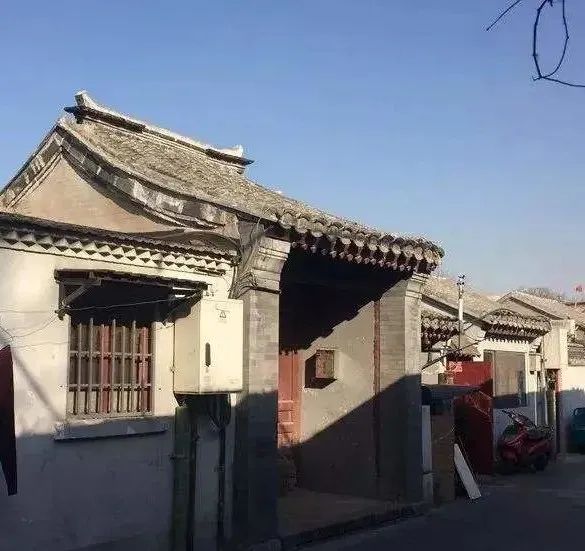
The decay is yellow, and it is easy to Chunqiu. Do you remember the thin young man wearing glasses in that year?
Dongsheng Pingzhong Pond
On the east side of Hutong, there is a unwavering hotel, which looks like an office building of the cement exterior wall decades ago. Red door, red lettering signboard, Dongsheng Ping Hotel.
If you do n’t understand history, it is specified that this is just a small hotel that is equivalent to the county's hospitality, but the predecessor of others is a bit unusual.
Dongsheng Ping Hotel, its predecessor, bathhouse. The information I saw said that the Dongsheng Bathing Pond was originally a three -story brick and wood structure Chinese -style building. The bathhouse.
Due to its famous, many customers will attract many customers, and many of them are celebrities. Li Dazhao and Lu Xun are regular customers. Moreover, this bath in the early years has a red experience.
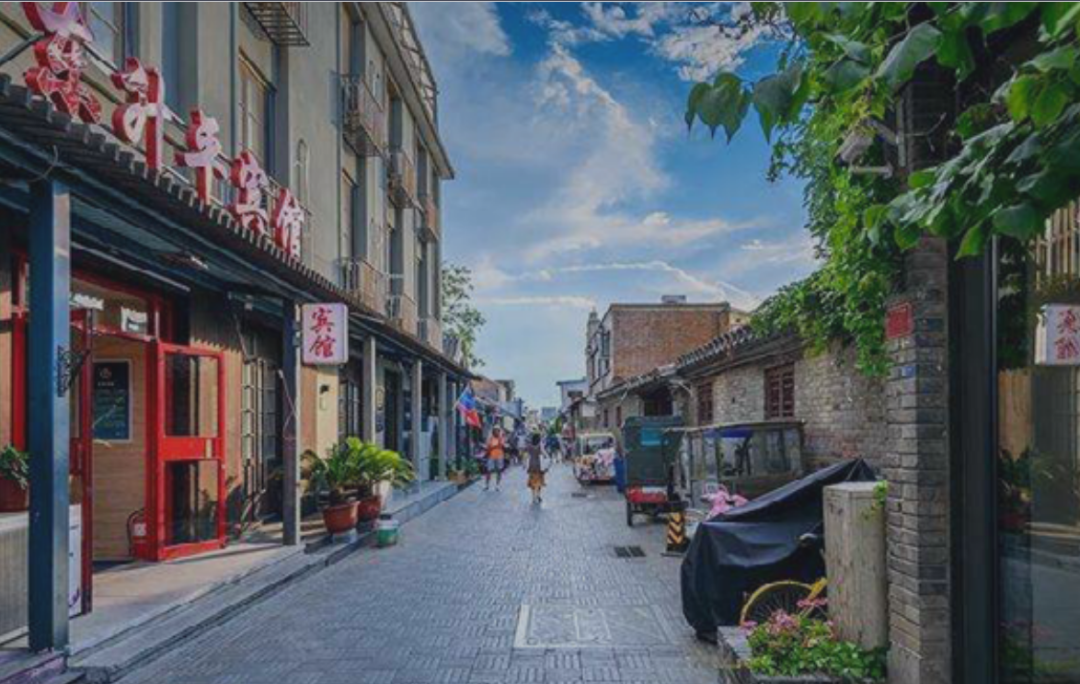
The facilities and services are the best, and the price will definitely be more expensive. Most people do not come. They often take a bath here. There are many landlords, capitalists and senior Kuomintang officials. Therefore, the underground party learned many internal conditions and some valuable information through pretending to take a bath in Dongsheng Ping.
The bath became a hotel, and the former glory was gone. However, since it was brilliant, even if it was enough, leave a little story, and tell the world slowly.
The Hutong's Shengji and the car and horses were noisy, and it finally returned to normal today. There is no hustle and bustle, no impetuousness, the stories of Jingwei and cultural, hovering over the hutong for a long time. The idle sunshine quietly sprinkled on a slightly aged roof through the alienated branches. The corner of the spotted spots still leaked their secrets in the micro -breeze. The old house is not speechless, and the vicissitudes are exhausted. Story, continue to tell ...
this life
Literary Fan'er intertwined with fireworks
In the spring of Beijing, the sun is gentle, and the breeze blows. Get off the car from the front door, walk through the bustling coal market, turn into Yangmeizhu Xie Street, and the ears are quietly quiet.
Before 2012, the houses and business were mixed here. There were aboriginal people and foreign tenants. The shops were mainly diet, hotels, grocery stores.
In 2012, the government, developers, landscape designers, architectural designers and artists collaborated together, and jointly opened the transformation of Yangmeizhu Xie Street. This is the first project dominated by the government and market -oriented.
The update of Yangmeizhu Xie Street Environment is divided into 3 stages: the first phase is the Yangmeizhu Xie Street environment update started in 2012; the second stage is the public space construction project of Yangmeizhu Xie Street No. 66-76, which was launched in 2015 The third stage is the transformation of the intensive space of Yangmeizhu Xie Street, which was launched in 2018.
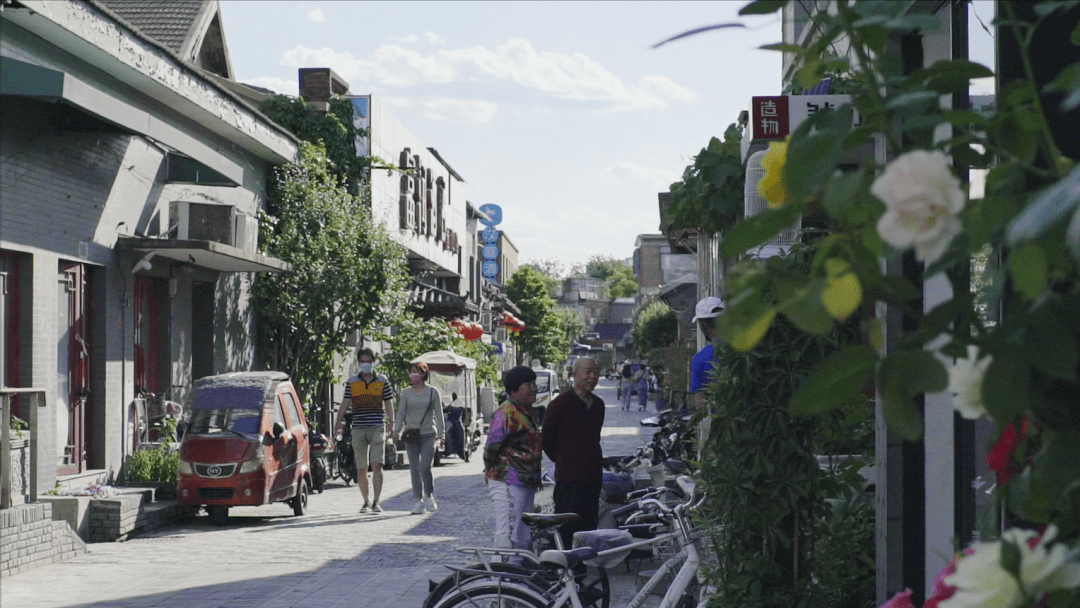
After the reconstruction, Yangmei Bamboo Lands Street, the ground is neat and spacious, and the garbage classification is orderly. It is not as dense as other net red hutongs. The merchants are like clouds. Instead, each shop is unique and has its own characteristics. There are brick buildings in the Republic of China, there are traditional Beijing traditional courtyards, coffee shops with industrial retro style, Japanese -style and wind restaurants, traditional Chinese crafts, Beijing cultural experience experience Space, there are groceries through time. The neighborhood can be seen everywhere. The meal in the house through the door of the house through the doorway to touch the smell of the crowd, walk into the coffee shop, order a cup of hand, sit in front of the floor -to -ceiling window, watch a few sun exposure on the roof opposite the roof opposite. The warm -ups of the warm sun can cure all troubles. In this less than 500 meters, the literary and artistic fan and the market are intertwined and coexist in harmony.
Porcelain Fang & Qiankun Space

No. 26, Yangmeizhu Ling Street, a shop named Porcelain Fang attracted many tourists to stop and watch. In the large floor -to -ceiling window, a cheongsam of cheongsam collapsed with crushed porcelain was displayed, solemn and atmospheric. This is more like a porcelain museum. From the steps of the door to cultural and creative products, they are all spliced from ancient porcelain fragments. The ancient charm is full. As an important part of the history of China's development, porcelain represents the pursuit and shaping of the Chinese people in the United States. Porcelain porcelain houses the crushed porcelain slices into crafts, and Nirvana is reborn. Essence
Opposite the porcelain house, there is an inconspicuous cultural space. There is no obvious sign outside the door. Some people who are interested in pressing the doorbell can enter. Here is the Qiankun space, like the name, there is Qiankun inside. Push the door and walk in, like walking into a exhibition hall with historical theme. There are Peking opera helmets during the Republic of China, seal extracted from the old paper pile, and artworks after the restoration of craftsmen. , Both the memory of an era.
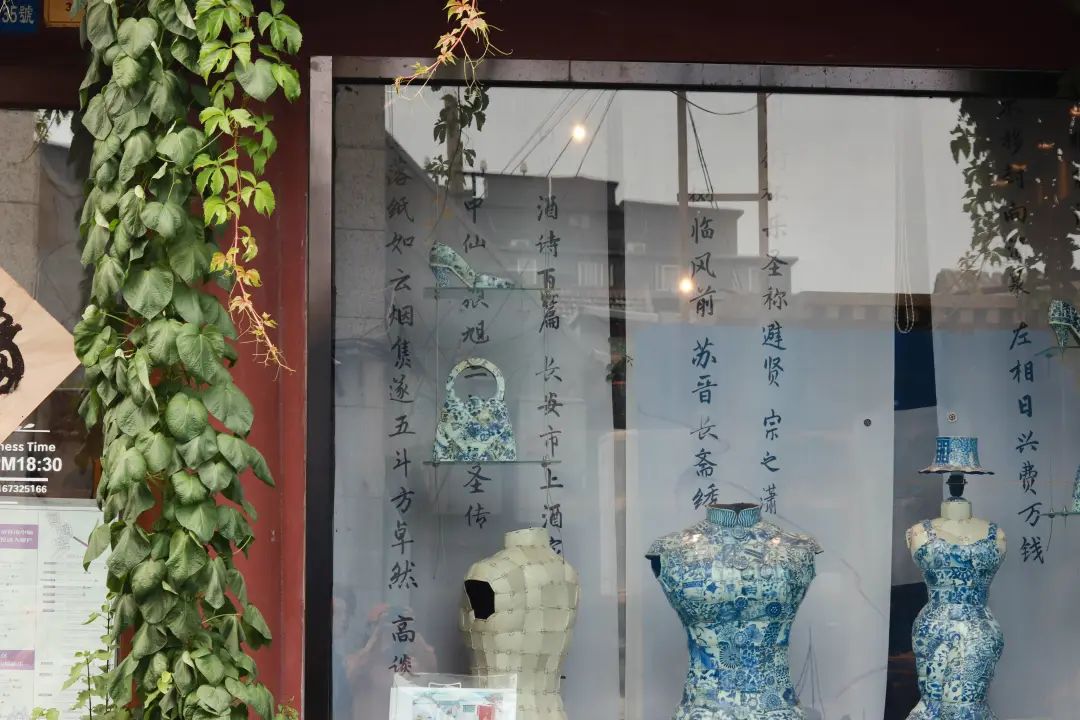
The theme of Qiankun Space is based on cultural display and artistic experience. Most of them focus on Beijing, especially the traditional culture of Nancheng, and collect this hundreds of years of historical symbols in Beijing here, showing the world in the form of "national tide" to the world. The person in charge of Qiankun Space told me that in addition to displaying handicrafts, some experience courses will be issued regularly. The purpose is to spread culture, no nationality, no background, and age restrictions. Ceramic repair process. Therefore, it is more like a utopian of handicraft enthusiasts.
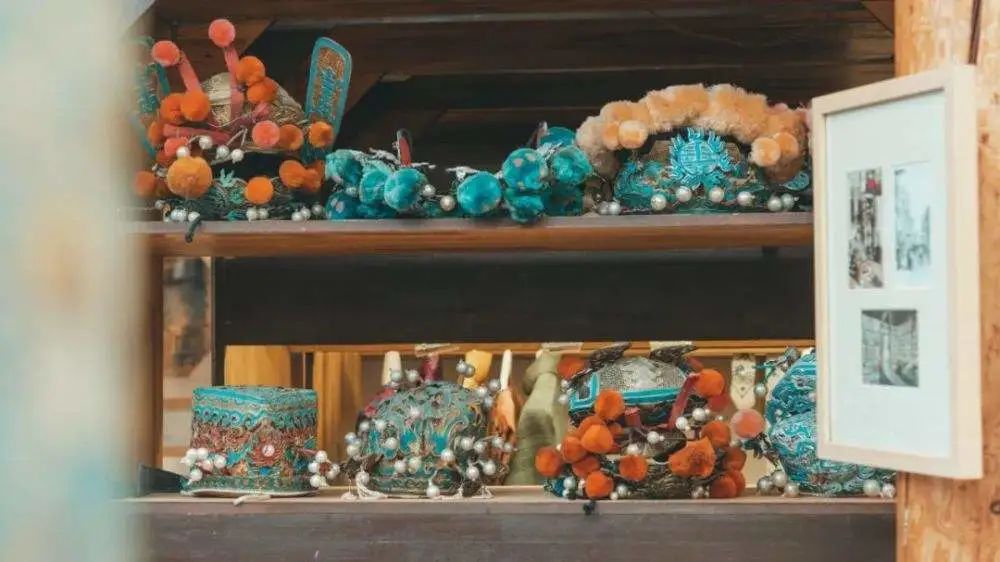
"Our difference is that we can let everyone talk to the ancients up close. As we all know, porcelain can only be seen in the museum. Through a layer of tempered glass, we can only look at its beauty from a distance, but it cannot touch its true true. . Here, the experiencer can touch each porcelain piece by hand, feel its texture, watch its lines, spy on its structure, and then experience different repair processes according to different utensils. "
The process of ceramic repair is also the process of understanding the supplementary process. The emergence of the row of repairing porcelain is closely related to the development of Chinese porcelain. At first, it was impossible to verify. The earliest scene was seen in the "Qingming Shanghe Tu" of Zhang Xuanduan in the Song Dynasty. The most critical step in the supplement process is the bonding. The bonding agent used in the repair of ceramics in the Qiankun space is not 502 or other glue, but with a natural large paint with a history of thousands of years. The role is to improve the stickiness of the paint and make the ceramics stronger. And use it for a long time to be harmless to the body.
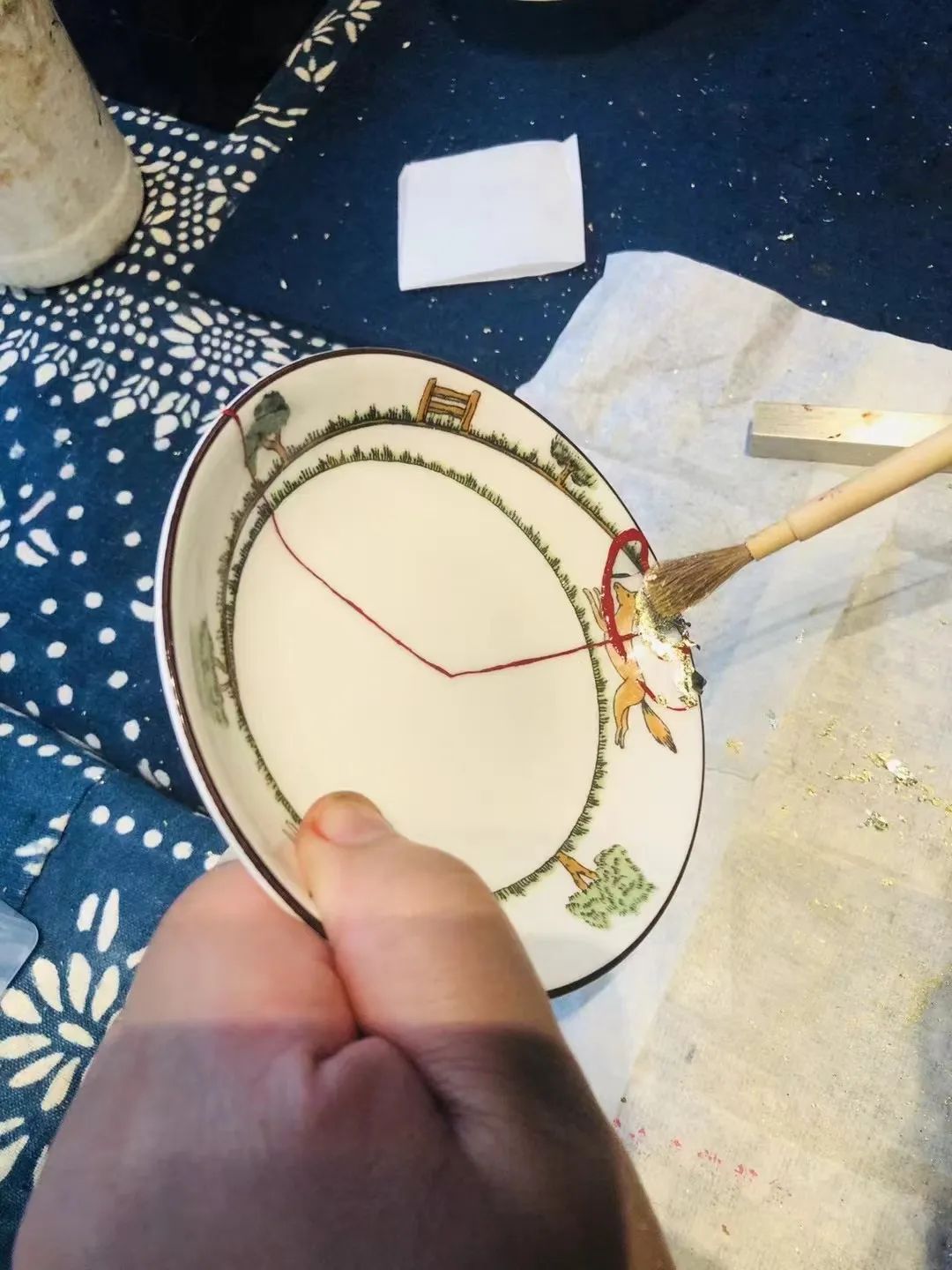
The Qiankun space hangs the photos of many experienceists. There is a young boy who wrote such a sentence in the photo: "Through the small repair, each piece of porcelain will glow with new life and vitality." So Qiankun Qiankun The experience class set up in the space, in another layer, effectively spread the concept of "one porridge and one meal, it is not easy to think of it; half -silk and half -rays, and the material resources is hard." Essence They will understand that the crushed things are not garbage. Through their hands and wisdom, they can become valuable crafts; the original one of them has done a lot of effort to do it. Love.
Regardless of whether it is porcelain house or Qiankun space, they are inheriting Chinese culture with their own strength. They do not pursue revenue, do not care about profits.
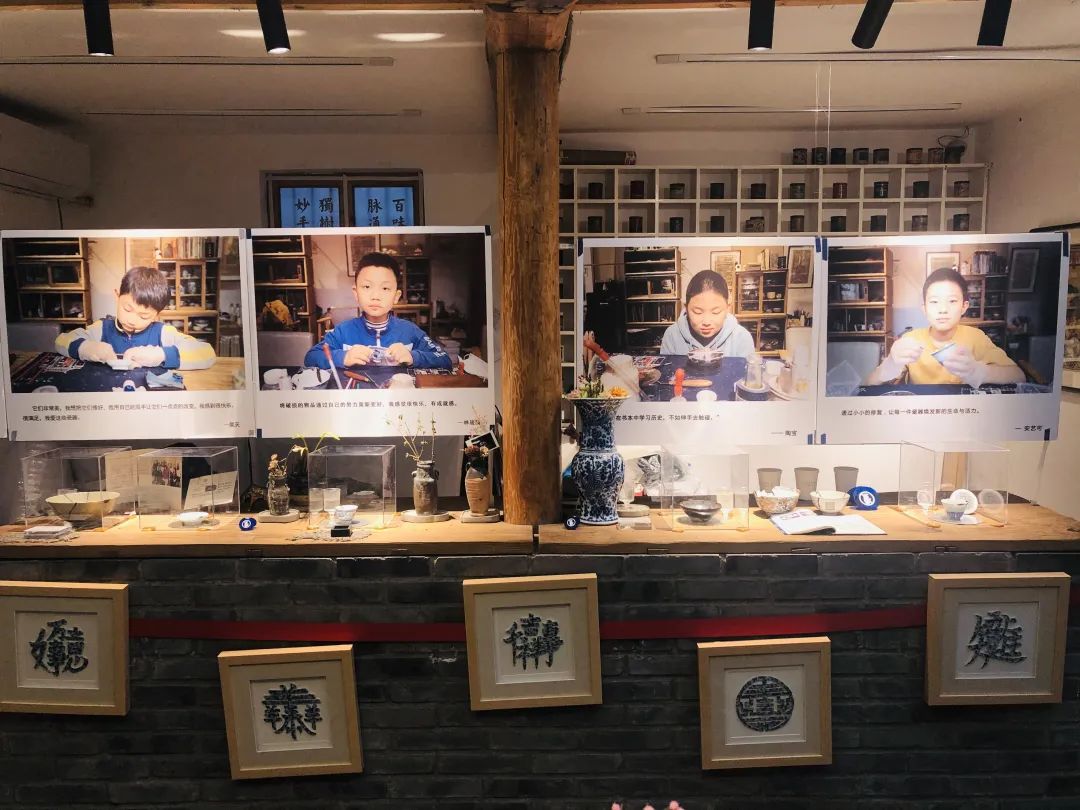
Grocery store

If Yangmeizhu Xie Street is a treasure beside the front door, then I am willing to call this grocery shop as a treasure shop on Yangmeizhu Xie Street. Stepping into the store, it seemed to cross the 20th century, as small as copper coins, as large as old -style electric fans, and tens of thousands of collectibles lying quietly in this room of less than ten square meters, telling the old Beijing South City culture, witnessing how many witnessed the old Beijing. Ten years of historical transformation.
The grocery store owner is a "old Beijing" with a long beard with a bite of authentic Beijing dialect. It is very funny and very talkative. He has been collected for more than 30 years, and opened this shop in a friend's suggestion to make old objects circulating. That afternoon, there were not many guests. The boss introduced many objects enthusiastically. Here, there were Kodak's sheepskin box camera in 1916, the house number of the enamel color, the bicycle tax ticket of the 1950s, the meter more than 100 years ago, and Beijing. Celebrity vinyl records, villain books, pictorials, etc. Even many items can be used normally. The boss picked up the class bell in the previous school and said to me: "I tried it once some time ago, the sound was too loud, and I was noisy."
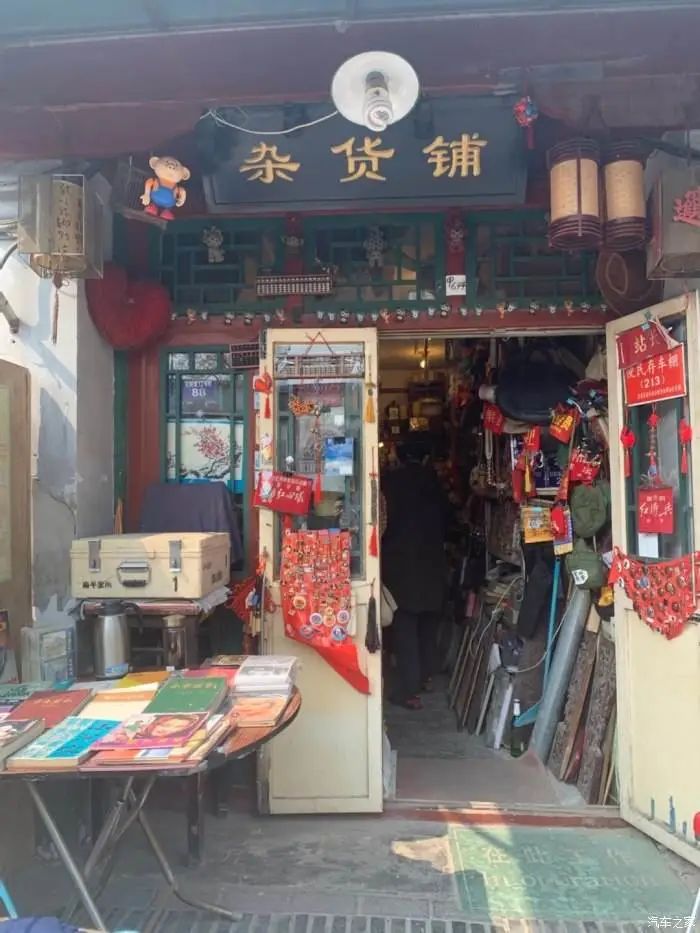
Some of the things in the shop were picked up from the demolition house, some were sent by friends, and some were raised from the old market. Although they are humble gadgets, they have a high degree of cognition and can resonate with most people.
I don't know when, "retro" has become a word of love for young people. Those things that have been eliminated by us have appeared precious when the washing appeared in front of them again. Like this grocery shop, everyone may find their own childhood memories, like a time capsule, wake up some past in the depth of memory. This is probably the meaning of the boss's keen to collect.
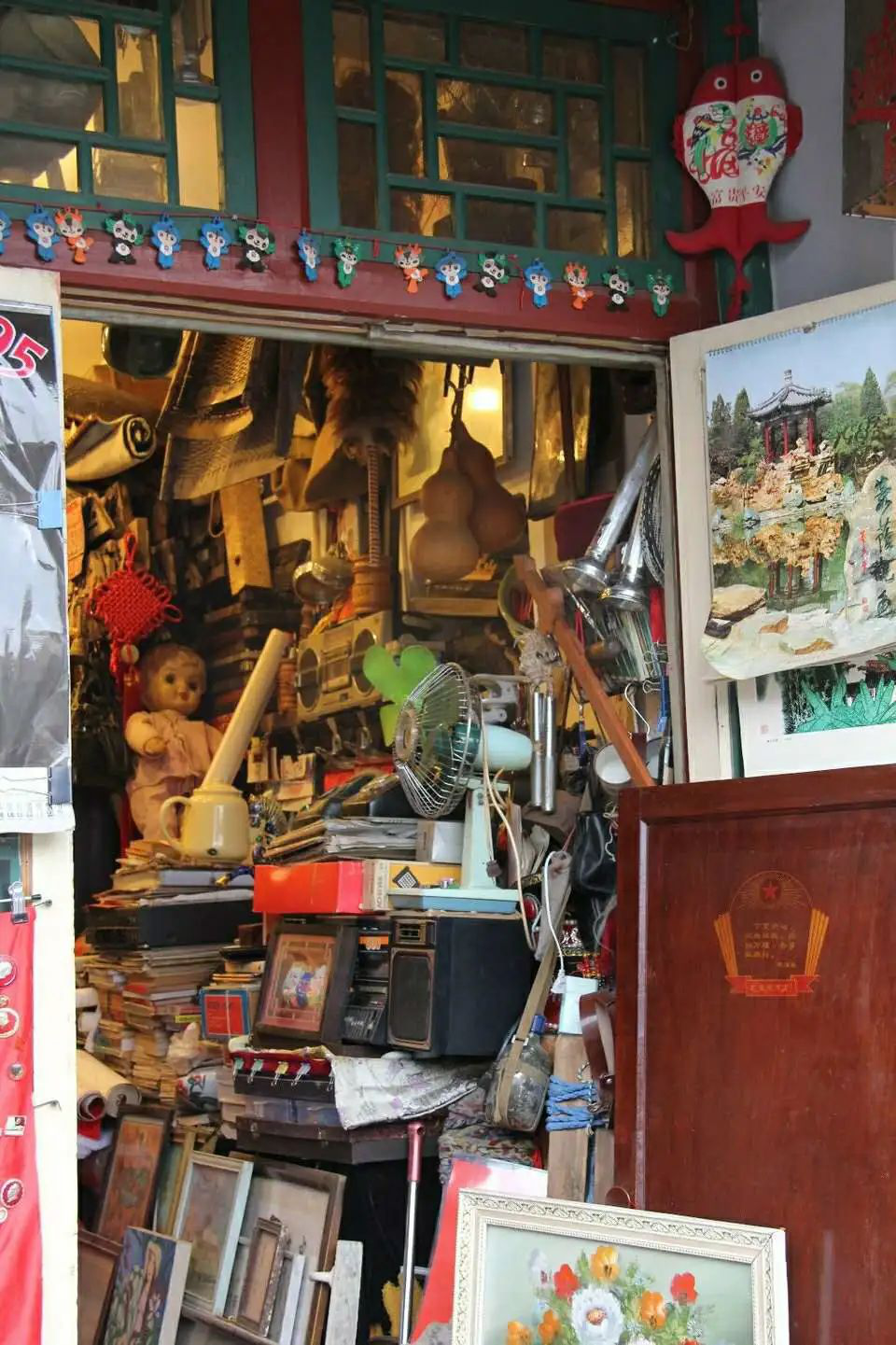
Old Beijing Rabbit

Entering the east exit of Yangmeizhu Xie Street, you can see the old Beijing Rabbit at first glance. The narrow shop is filled with the rabbits with different shapes and small shapes, which evokes the childlike heart.
Grandpa Rabbit is a traditional handicraft in Beijing, which belongs to the children's toys that should be ordained in the Mid -Autumn Festival. Whenever the Mid -Autumn Festival, the people in Beijing are worshiped "Rabbit". This custom originated from the Ming Dynasty. Later "Rabbit" transformed into a child's Mid -Autumn Festival toy. And now, even those in Beijing do not necessarily know the Rabbit. The owner is Zhang Zhongqiang, the non -genetic inheritor of Rabbit, and the original intention of Mr. Zhang to open a shop is to treat it as a window to promote Beijing culture. Yangmeizhu Xie Street is a cultural district created by the government. It can open a shop here. Promote Beijing's non -heritage. There are many tourists coming and going. There are foreign friends and foreign tourists. They are interested in Grandpa Rabbit. As long as you enter the store, whether you buy or not, Teacher Zhang will warmly introduce the history and stories of the Rabbit Grandpa enthusiastically.
"Profit is not the purpose. It is my responsibility and obligation to let the non -legacy enter the lives of the people and let the skills of Rabbit." A seemingly described sentence, but I feel the quality and culture of non -genetic artisans and culture adherence Essence
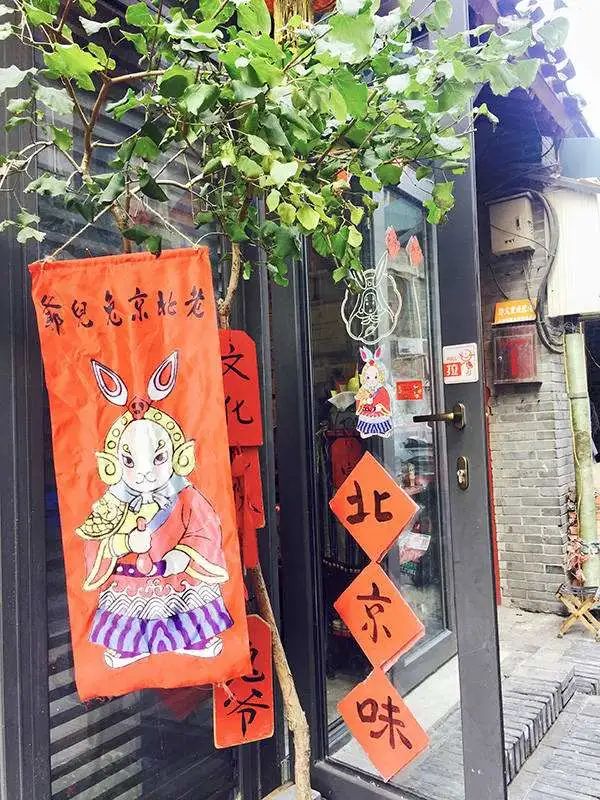
Model book bureau
"This building seems to be a bit different." People who have stood in front of the model book of Yangmeizhuzhong Street will have such emotions.

The Republic of China style building does add a trace of quaint literary colors to Yangmeizhu Xie Street. It was once the "Sheng" newspaper in the Republic of China and the former site of "Yibao Zainan Stationery Store". Old site.
On September 26, 2014, the Model Board opened to open a guest on the front door Yangmeizhu Xie Street. The living word is "mold" and the container is "Fan". "Model" and "Fan" are the progressive productive forces of ancient Chinese printing printing. It carries the historical memory of the rise and development of the Chinese book culture industry. The business spirit of the team represented by Mr. Jiang Xun.
Books, exhibitions, cultural and creative, coffee, and black tea. The modeling book bosses intend to recover the literature and art of the Republic of China. All the display is the furniture furnishings during the Republic of China. Instead, there are series of carving exhibitions. The privately -operated ancient -handed carving museum exhibition center and the place where old books and new cultural books are exhibited, only to build a cultural platform for inheritance and the traditional Chinese tradition.
In addition, there are two good soil porcelains opened by two literary girls who love cats and porcelain, drawing the shape of the cat on the appliance, combining and static, to give the original utensils to the dynamics. In addition to making handicrafts, they also customize pets hand -painted porcelain. They use professional art aesthetic to create one piece of boutique after another, conveying their understanding of a better life; next to good earth porcelain, it is a shop with calligraphy and painting. The eldest sister is from the south and has lived here for more than ten years, and her personality is straightforward and humorous. The elder sister asked me, guess why my shop is called Song family calligraphy and painting? Because my family surnamed Song, I was keen to call for calligraphy and calligraphy since I was a child. Sure enough, the name given is very straight.
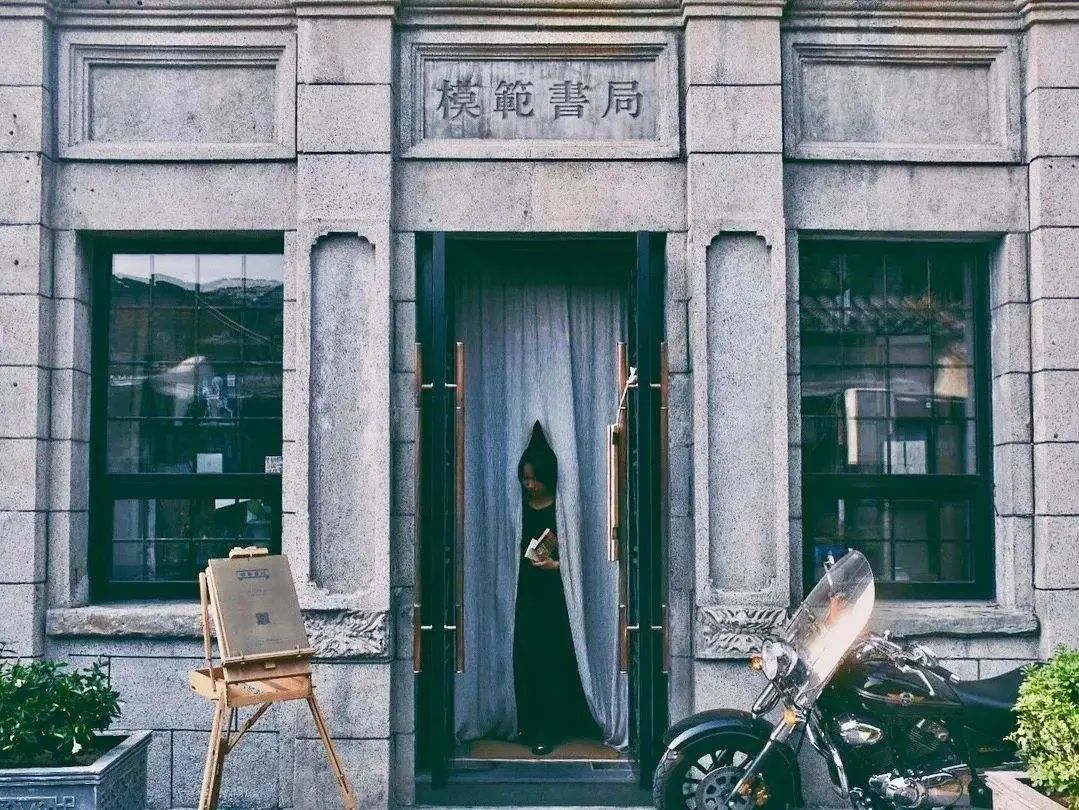
The hutong near the front door, I came to and go dozens of times, but loved Yangmeizhu diagonal street alone. Perhaps it was the most beautiful hutong name, or maybe it is a distinctive literary shop, or it may be a free and lazy fireworks. Maybe It is the original old Beijing life style, always attracting me.
Text | Duanmu Dongzhang grapefruit (the above pictures are from the Internet)
Recommended books
Source: "Beijing Chronicle" magazine
Editor -in -chief: Nala
Council: Wei Wei
Trial: Kong Ping
- END -
The baby fish did not "escape" the high temperature police successfully rescued and released
Cover Journalist Gou Chun intern Su XueqingBaby fish, also known as China's big cricket, is a national second -level protective amphibious wildlife and the largest amphibious animal in the world. Beca...
The intelligent transformation of parking sheds allows community residents to stop and rest assured and peace of mind
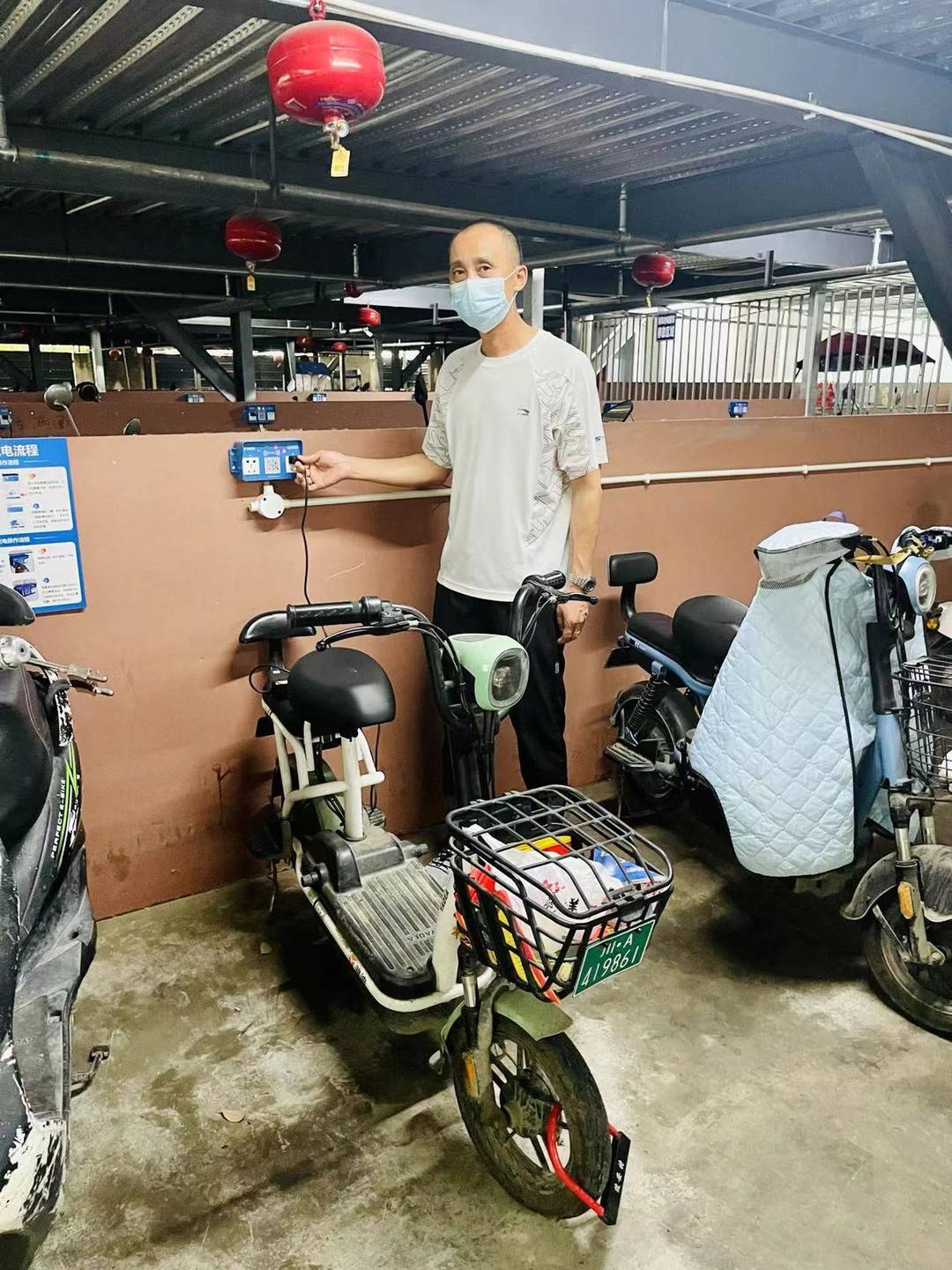
Monitoring 24 hours, there is a scraper to trace the source immediately, the thief...